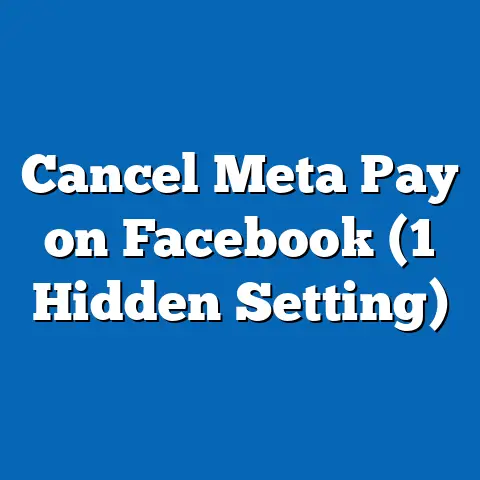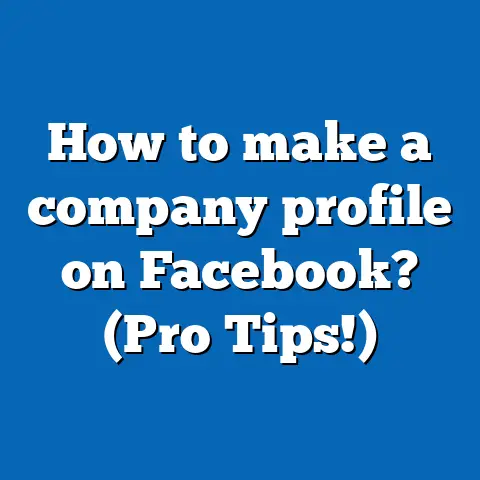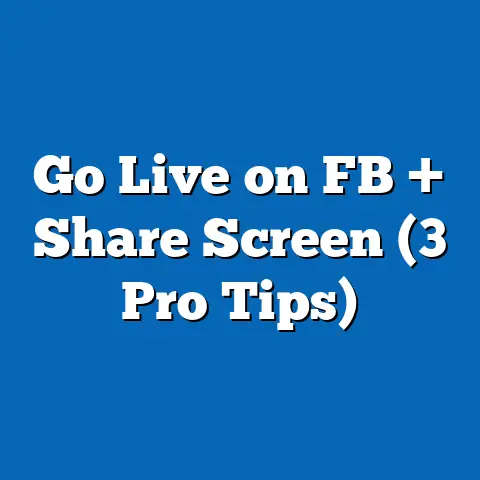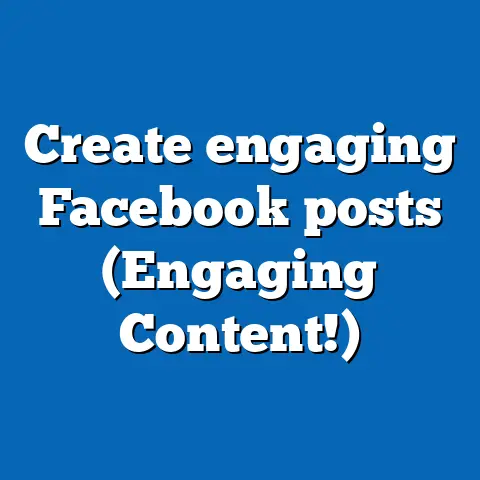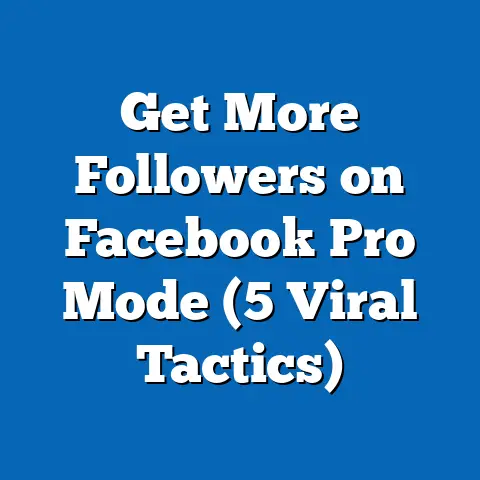How to design a good Facebook ad? (Killer Design Tips!)
“Design is not just what it looks like and feels like. Design is how it works.”
— Steve Jobs
I love this quote because it perfectly captures what a Facebook ad should be about—it’s all about functionality and effectiveness. You might be wondering, “How can I make my ads not just look good but actually work?” Well, let’s dive into that, shall we?
What’s This All About?
Today, I’m going to share some killer tips on designing Facebook ads that not only catch the eye but also drive results. Whether you’re new to this or have been running ads for a while, these insights will help you make ads that perform better. We’ll cover everything from visuals to copy, targeting, and more. Ready to create something awesome? Let’s get started!
Why Design Matters
Ever scrolled past an ad because it didn’t catch your eye? Yep, me too. Design plays a crucial role in grabbing attention and making people stop scrolling. But it’s not just about being flashy; it’s about conveying the right message to the right audience.
My First Facebook Ad
I remember creating my first Facebook ad. I thought I nailed it with vibrant colors and bold text. But guess what? It flopped. Why? Because I focused more on aesthetics and less on what my audience actually wanted. Lesson learned!
Setting the Stage: Understanding Your Audience
Before you even think about design, understand who you’re talking to. Ask yourself:
- Who is my ideal customer?
- What problems do they face?
- What solutions can I offer?
Creating Customer Personas
Create detailed personas of your target audience. Include demographics like age, gender, and location, but also dig deeper into their interests and behaviors. This will guide your design choices.
Going Deeper: Psychographics
Beyond basic demographics, psychographics can provide a richer picture of your audience:
- Values and Beliefs: What do they care about?
- Lifestyle Choices: What hobbies do they have?
- Buying Behavior: Are they impulse buyers or do they research thoroughly?
Visual Elements: Making It Pop
Colors and Fonts
Colors evoke emotions. Choose them wisely. For instance:
- Red: Grabs attention but can feel aggressive.
- Blue: Trustworthy and calming.
- Green: Associated with growth or nature.
Fonts should match your brand’s tone. A playful font might suit a toy company but not a law firm.
Color Psychology in Ads
Different colors trigger different responses:
- Yellow: Optimism and energy
- Black: Sophistication and elegance
- Purple: Royalty and creativity
Consider cultural differences in color perception when targeting international audiences.
Images vs. Videos
Both have pros and cons. Images are easier to produce, but videos engage more deeply.
- Images: High-quality photos that relate to your message.
- Videos: Short and snappy, ideally under 15 seconds.
The Power of Storytelling in Videos
Crafting a narrative within your video ad can enhance engagement:
- Setup: Introduce the problem.
- Conflict: Show the struggle.
- Resolution: Present your product as the solution.
Aspect Ratios and Specs
Facebook recommends specific dimensions for ads. Here’s a quick rundown:
Image Ads:
- Recommended Resolution: 1200 x 628 pixels
- Aspect Ratio: 1.91:1
Video Ads:
- Resolution: 1080 x 1080 pixels
- Aspect Ratio: 1:1 or 4:5 for mobile
These specs ensure your content looks great on all devices.
Crafting Compelling Copy
Your visuals may stop the scroll, but the copy makes them stay.
Headlines That Hook
Your headline should be clear, concise, and captivating. Think about the most important message you want to convey.
Headline Formulas That Work
Try these proven formulas for crafting effective headlines:
- Question-Based: “Want to Save Money on Your Electricity Bill?”
- How-To: “How to Double Your Productivity in a Week”
- Numbered Lists: “5 Secrets to Glowing Skin”
Body Text That Sells
Keep it short and sweet. Highlight benefits rather than features, and always include a call-to-action (CTA).
Writing with Empathy
Address your audience’s pain points directly:
- Recognize the Problem
- Empathize with Their Struggle
- Offer Your Product as a Solution
Examples of Effective CTAs
- “Shop Now”
- “Learn More”
- “Get Yours Today”
Targeting the Right Audience
You can have the best-designed ad, but if it’s shown to the wrong people, it’s wasted effort.
Facebook’s Targeting Options
Use Facebook’s robust targeting features to reach your ideal audience:
- Demographics: Age, gender, location
- Interests: Hobbies, pages liked
- Behaviors: Purchase history, device usage
Advanced Targeting Techniques
Explore advanced techniques like:
- Lookalike Audiences: Find people similar to your existing customers.
- Custom Audiences: Retarget users who have interacted with your site or app.
- Location Targeting: Focus on specific geographical areas for local businesses.
Testing and Optimizing Ads
Testing is your best friend in digital marketing.
A/B Testing Basics
Try different versions of your ad to see what works best. Change variables like images, headlines, or CTAs one at a time for clear results.
Setting Up an A/B Test on Facebook
- Create two identical ads with one variable difference.
- Run them simultaneously.
- Analyze which version performs better based on predefined metrics.
Analyzing Performance Metrics
Keep an eye on these key metrics:
- Click-Through Rate (CTR)
- Conversion Rate
- Cost Per Click (CPC)
Use these insights to tweak your strategy.
Diving Deeper into Metrics
Understand what each metric tells you:
- Impressions: Number of times your ad was displayed.
- Engagement Rate: How often viewers interact with your ad.
- Return on Ad Spend (ROAS): Revenue generated per dollar spent.
Real-World Examples
Let’s break down an example of a successful ad I’ve run:
Campaign: Eco-Friendly Products Launch
I used a simple image with earthy tones and a bold headline: “Join the Green Revolution!” The body text emphasized sustainability benefits, ending with “Shop Now” as the CTA.
Results:
- CTR: Increased by 25%
- Conversion Rate: 10% boost
- CPC: Reduced by 15%
Lessons Learned
From this campaign, I learned that aligning visuals and messaging with audience values can significantly enhance engagement.
Advanced Design Techniques
For those ready to take it up a notch, consider these advanced design strategies:
Interactive Content
Incorporate interactive elements like quizzes or polls in your ads to boost engagement and gather insights.
Dynamic Creative Ads
Let Facebook automatically optimize your ad components for the best performance by using dynamic creative ads.
Split Testing Complex Variables
When you’re comfortable with basic A/B testing, experiment with more complex variables like audience segments or bidding strategies.
The Role of Branding in Ad Design
Consistent branding across all platforms reinforces brand recognition and trust.
Maintaining Brand Consistency
Ensure that all visual elements align with your brand guidelines:
- Use consistent color schemes.
- Maintain uniform font styles.
- Incorporate recognizable logo placement.
The Importance of Brand Voice
Your copy should reflect your brand’s personality, whether it’s formal, casual, or somewhere in between.
Actionable Takeaways
- Know Your Audience: Tailor your design and message to them.
- Visuals Matter: Use colors and fonts that resonate.
- Craft Clear Copy: Be direct and compelling.
- Target Wisely: Use Facebook’s tools to reach the right people.
- Test & Optimize: Regularly analyze and adjust your ads.
FAQ Section
How Much Should I Spend on Facebook Ads?
Start small—maybe $5 a day—and scale up based on performance.
What If My Ads Aren’t Performing?
Revisit your audience targeting and ad design. Test different approaches.
Can I Use Stock Photos for My Ads?
Yes, but ensure they align with your brand’s message and look professional.
How Often Should I Refresh My Ads?
To avoid ad fatigue, consider refreshing creative elements every 2–4 weeks depending on your audience size.
And there you have it! Armed with these tips, you’re ready to create Facebook ads that don’t just look good but also deliver the results you’re after. Happy advertising!

